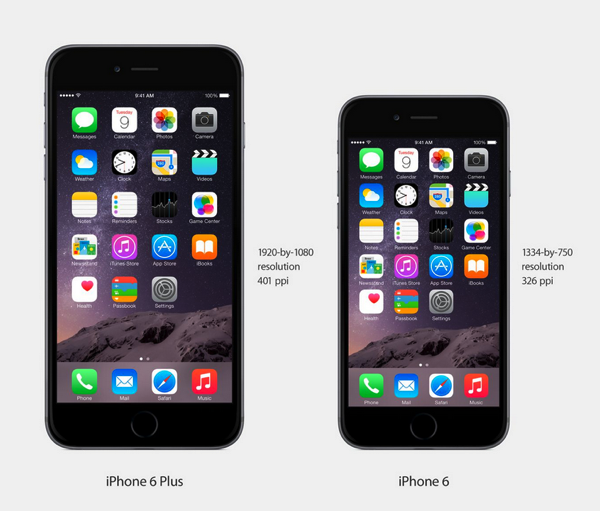
Apple Said to Switch to MLC NAND for All iPhone 6 Models
Business Korea reports that Apple has allegedly stopped using TLC (triple-level cell) NAND flash in the iPhone 6 and 6 Plus, as users have started reporting issues with the devices. Interestingly, this seems to only affect the 64 GB version of the iPhone 6, and the 128 GB version of the iPhone 6 Plus (via MacRumors).

Industry sources speaking with the local newspaper revealed that the manufacturer of the faulty flash is Anobit, a company Apple acquired three years ago. To avoid any further technical issues with its hot selling handsets, Apple decided yesterday to discontinue the use of TLC NAND, and to switch to the MLC NAND flash used with previous-generation iPhones.
TLC NAND flash is a type of solid-state NAND flash memory that stores three bits of data per cell. It can store three times as much data as single-level cell (SLC) that stores one bit of data, and 1.5 times as much as multi-level cell (MLC) solid-state flash memory that stores two bits of data. On top of that, TLC flash is more affordable. However, it is also slower than SLC or MLC in reading and writing data.
As a result, Apple is planning to use MLC NAND flash in the 64GB iPhone 6 and the 128GB iPhone 6+ in the future. The company will reportedly improve products already equipped with TLC NAND by providing the iOS8.1.1 update within the year.
As the report points out, MLC NAND was used with the 16 GB version of the iPhone 6 and 6 Plus, and some 64 GB models, but all 128 GB models had TLC NAND inside. Apple apparently used this hardware to cut down costs, as they had previously used such flash storage in iPads.
Also, Apple is said to be addressing the crashes and boot loop issues with a software update – iOS 8.1.1 – due this year.

